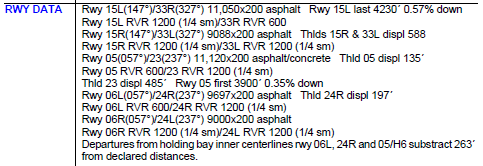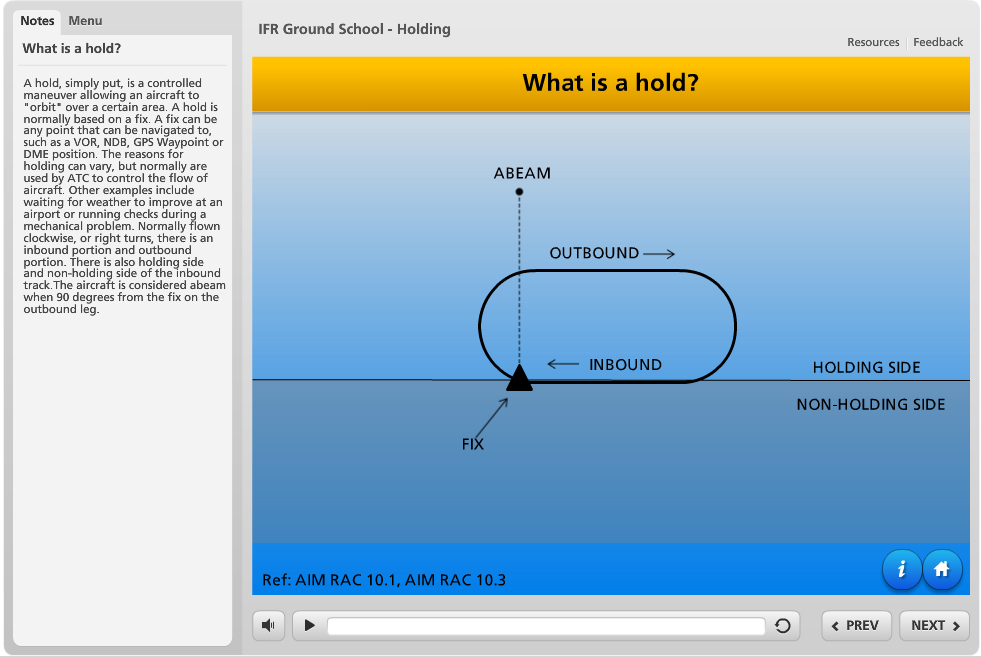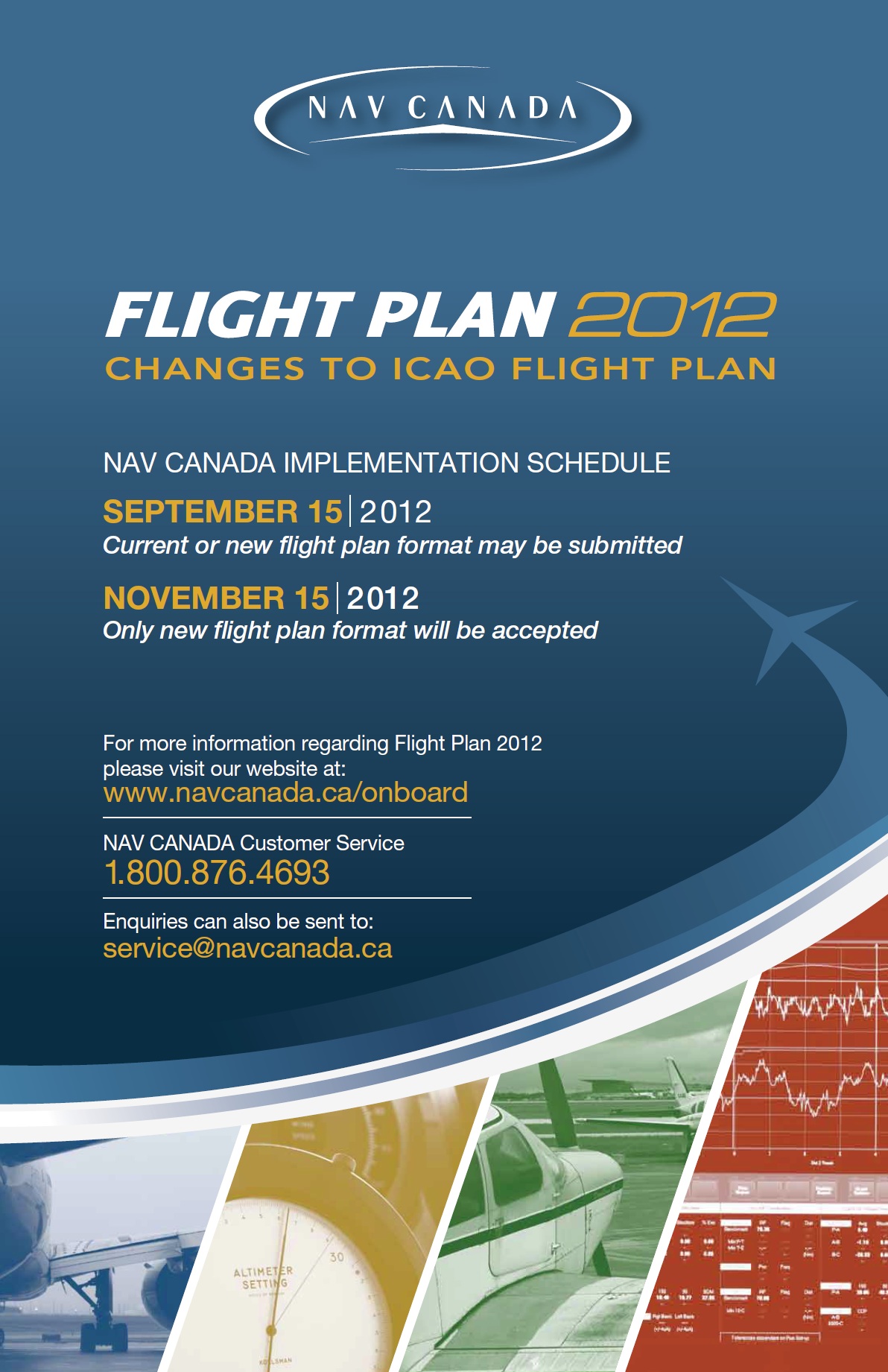Reduced or Low Visibility Plans
I hope you find this article useful, but please feel free to let me know if something does not make sense, or I made any errors.
In the eighth edition of the Instrument Rating Flight Test Guide, pilots are expected to have sufficient knowledge of reduced/low visibility operations. When completing your initial flight test, or renewing your IFR rating, the examiner can question you on these items.
The Canadian Aviation Regulations (CAR) require that aerodromes create Low Visibility Operations Plans (LVOP) for operations between RVR 600-1200 and are strongly encouraged to create Reduced Visibility Operations Plans (RVOP) for operations between RVR 1200-2600.
Essentially, LVOP and RVOP are plans in place when the visibility at an aerodrome falls below ½ mile or 2600RVR and provide guidance to operators and ATC regarding how to deal with reduced or low visibility. Note that LVOP and RVOP only apply to runway and taxi operations, and do not apply to takeoff, approach and landing minima.
LVOP: means a plan that calls for specific procedures established by the aerodrome operator and/or ATC when aerodrome visibility is below RVR 1200 (¼ SM).
RVOP: means a plan that calls for specific procedures established by the aerodrome operator and/or ATC when aerodrome visibility is below RVR 2600 (½ SM) down to and including RVR 1200 (¼ SM).
LVOP and RVOP plans are in place to prevent incursion. When LVOP and RVOP come into effect at an aerodrome, they will specify what the procedures are to deal with the visibility. The procedures could prevent any more than one aircraft from taxing, or prevent the movement of ground vehicles. The plans will vary from aerodrome to aerodrome depending on what the aerodrome has assessed as the best way to deal with poor visibility.
When the visibility at an aerodrome falls below ½ mile or 2600RVR, services will vary depending on the plans established by the aerodrome operator. The plans themselves are not published for pilots to see, but the minimum visibility available for a runway or taxiway is published in the Canada Flight Supplement (CFS) under runway data, if the aerodrome has assessed the runways. Additional information and restrictions may be found under the PRO section in the CFS, the Canada Air Pilot (CAP), or NOTAMs. When the minimum visibility for a runway is not published it could mean the runway has been assessed and operations below RVR 2600 is not approved, or the runway has not been assessed and is not required for visibility above RVR 1200.
Information on how to interpret runway data can be found in the General Section of the CFS.
For example, if you look at Toronto / Billy Bishop Toronto City Airport (CYTZ) under RWY DATA, you will see “Rwy 08 RVR 1200(1/4sm)/26 RVR 1200(1/4sm)”. This means that CYTZ’s RVOP allows aircraft to use runway 08 and 26 when visibility is between RVR 1200 and RVR 2600. Since there is no regulation mandating an RVOP, if the visibility does fall below RVR 2600, aircraft may or may not be allowed to continuing to use the other runways. However, since the CFS does not state any minimum visibility for CYTZ below RVR 1200, and regulations require an LVOP in this situation, aircraft would not be allowed to use taxiways or runways.
Some runways in Canada, such as runway 33R at Toronto / Lester B. Pearson Intl. have an RVR value of 600. This would be an example when a LVOP would be in place.
Example of RWY DATA (Toronto / Lester B. Pearson Intl.)
Occasionally you may see “day only” next to the RVR values. This means that the LVOP and RVOP can only be used during the day. You may also see restrictions to certain taxiways. If no taxiway restrictions are published then the taxiways meet the requirements for taxi in reduce or low visibility.
LVOP/RVOP and your Operations
When the visibility falls below the published operating visibility in the CFS, aircraft will not be given taxi clearance to the runway for the purpose of taking-off, and will not be cleared to approach a runway. If an aircraft has begun taxi for the purpose of taking-off, before the visibility drops below published operating visibility, the aircraft can continue to taxi. If an aircraft is pushing back prior to taxi for take-off or taxiing for de-icing prior to taxi for take-off and the visibility drops below operating visibility, the aircraft can continue taxiing. However, even if an aircraft is permitted to continue taxiing after the visibility has dropped below the runway operating visibility, the aircraft cannot legally take-off. If the visibility falls below the runway operating visibility while an aircraft is taxiing, the pilot can request a different runway that may have a lower visibility requirement, or is reporting a higher visibility.
Interpreting Visibility Reports
When interpreting visibility we look at aerodromes with control towers differently than an aerodrome with no control tower. There is always a hierarchy system for determining visibility. This works by looking at the first option and you cannot use the second option unless the first is unavailable. In regards to arrival, an aircraft will never be given an approach clearance when the runway visibility is lower than the published operating visibility. However, aircraft past the final approach fix can continue the approach. You may notice that “aerodrome visibility” must come from the METAR.
Control Tower
When arriving or departing from an aerodrome with a control tower the following hierarchy must be followed when determining visibility:
-
- Runway Visual Range (RVR) for the runway of intended use
- Aerodrome visibility (METAR)
- Pilot visibility
No Control Tower
When arriving at an aerodrome with no control tower the following hierarchy must be followed when determining visibility:
-
- Runway Visual Range (RVR) for the runway of intended use
- Aerodrome visibility (METAR)
- Pilot visibility
When departing from an aerodrome with no control tower the following hierarchy must be followed when determining visibility:
- Aerodrome visibility (METAR)
- Any reported RVR
- Pilot visibility
- Reduced/Low Visibility Operations Frequently Asked Questions (FAQs) – http://www.tc.gc.ca/eng/civilaviation/opssvs/managementservices-referencecentre-acs-300-faq_302-006-473.htm
- Canadian Aviation Regulations – http://www.tc.gc.ca/eng/civilaviation/regserv/cars/menu.htm
- Aeronautical Information Manual – http://www.tc.gc.ca/eng/civilaviation/publications/tp14371-menu-3092.htm






Thanks!